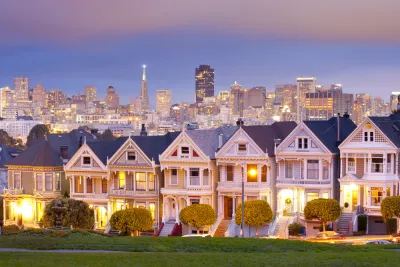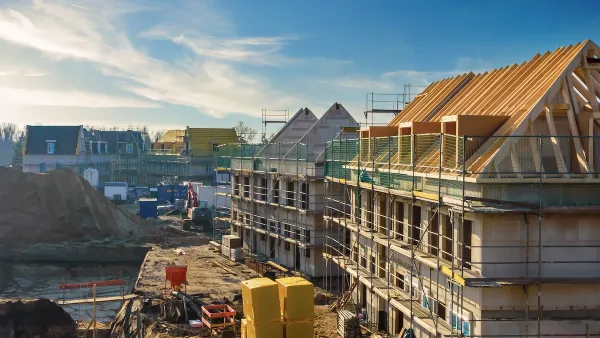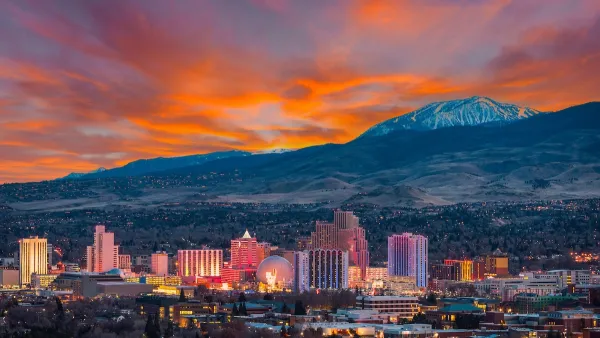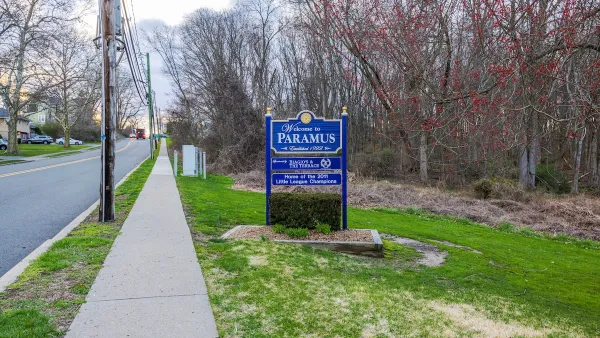Focusing on zoning in hot-market urban centers misses economic realities—and major opportunities.

For the past couple of years, there have been a growing number of voices saying that to address the housing affordability problem, what we need to do is build more housing— not necessarily more affordable housing, but more housing, period. Sound bites like “yes, you can build your way to affordable housing” are showing up more and more.
A key part of that case is that what’s needed to make that happen is changing zoning ground rules. The poster child for this argument is San Francisco, which, as everyone points out, has mind-bogglingly high housing prices, a desperate shortage of affordable housing, and a metastasizing homelessness problem.
There’s a decent argument that, under some conditions, building more housing for the market will moderate some prices to some degree, and that zoning has something to do with it. But ultimately it will take a lot more than building more expensive market housing in downtown San Francisco or Seattle to begin to tackle those cities’ housing crises. In fact, the realities of building in high-demand, already built up urban areas mean that zoning changes in those areas will have relatively little effect.
Most of the zoning conversation is missing if not the entire point, a big part of it. Spoiler alert: The real zoning issue is what happens in the suburbs. While that gets periodically acknowledged, too few people are talking about it and even fewer are focusing on making change in specifically those places.
The Tangled Relationship Between Supply and Demand
A lot of the people who argue that regulations are causing inadequate supply don’t appear to have looked at the numbers....
FULL STORY: More Housing Could Increase Affordability—But Only If You Build It in the Right Places

Analysis: Cybertruck Fatality Rate Far Exceeds That of Ford Pinto
The Tesla Cybertruck was recalled seven times last year.

National Parks Layoffs Will Cause Communities to Lose Billions
Thousands of essential park workers were laid off this week, just before the busy spring break season.

Retro-silient?: America’s First “Eco-burb,” The Woodlands Turns 50
A master-planned community north of Houston offers lessons on green infrastructure and resilient design, but falls short of its founder’s lofty affordability and walkability goals.

Test News Post 1
This is a summary

Analysis: Cybertruck Fatality Rate Far Exceeds That of Ford Pinto
The Tesla Cybertruck was recalled seven times last year.

Test News Headline 46
Test for the image on the front page.
Urban Design for Planners 1: Software Tools
This six-course series explores essential urban design concepts using open source software and equips planners with the tools they need to participate fully in the urban design process.
Planning for Universal Design
Learn the tools for implementing Universal Design in planning regulations.
EMC Planning Group, Inc.
Planetizen
Planetizen
Mpact (formerly Rail~Volution)
Great Falls Development Authority, Inc.
HUDs Office of Policy Development and Research
NYU Wagner Graduate School of Public Service




























